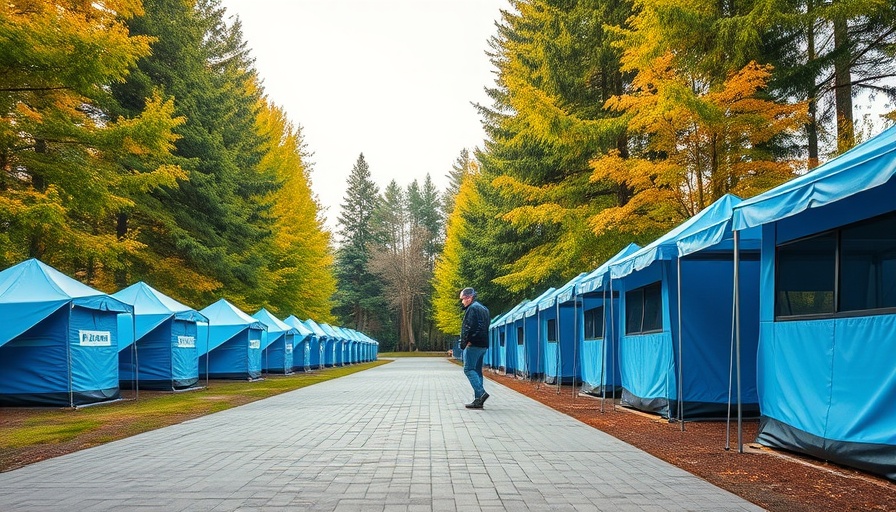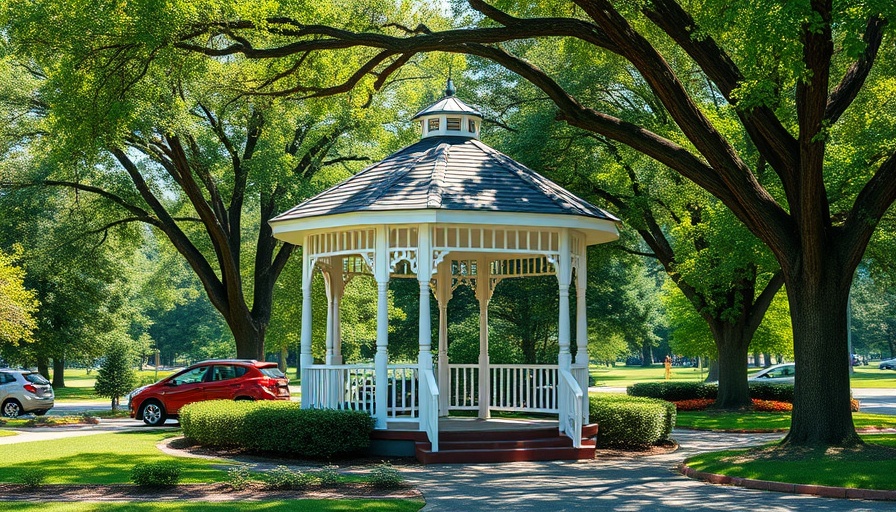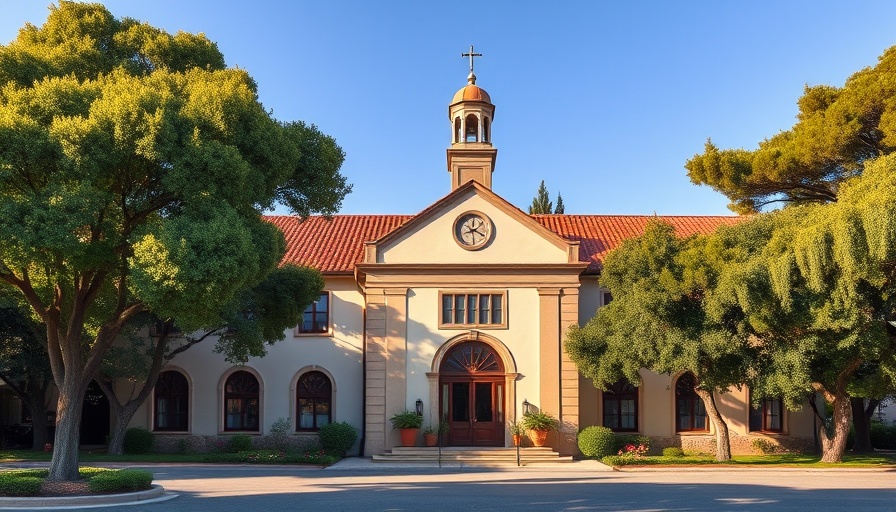
San Rafael's Commitment to Addressing Homelessness
As homelessness continues to challenge cities across California, San Rafael has taken tangible steps to provide a compassionate response. The recent approval of $1.5 million in contracts reflects the city’s dedication to supporting homeless residents through its dedicated camp along Mahon Creek Path. This encampment, consisting of 47 tents, was opened in October 2024 and serves not just as a temporary shelter but as a base for access to essential services aimed at ultimately transitioning individuals into permanent housing.
A Comprehensive Approach to Support
Mayor Kate Colin emphasized that while encampments are "not a permanent solution," they play a crucial role in promoting safety and dignity for individuals living outdoors. This sentiment rings true as the city witnessed its first successful transitions to permanent housing, marking a significant milestone for the camp. Community Services Division Director Daniel Cooperman shared that this success is backed by enhanced case management services, which have provided essential support to around 60% of camp residents.
Coordination for Cleanliness and Safety
In addition to housing provisions, the city collaborates closely with FS Global for regular trash removal and cleanup, essential for maintaining a safe and respectable living environment for the residents. With an average of 112 cubic yards of debris removed each month, such measures not only keep the area habitable but also contribute positively to the community's perception of homelessness initiatives.
Funding and Sustainability of the Camp
The financing for these efforts comes from multiple sources, including state funds specifically allocated for addressing homelessness. The city's share of $5.99 million from the Encampment Resolution Funding Program underlines the urgency of the homelessness situation in Marin County. These funds will secures operations through June 2025, ensuring continuous support for the residents.
Future Plans: Tiny Homes on the Horizon
While the current campsite provides immediate relief, city officials are already looking beyond the immediate future. Plans are in the works to establish a tiny-home village, which would provide a more stable and lasting solution for the homeless population. Such initiatives could pave the way towards comprehensive housing solutions and a significant reduction in homelessness in the region.
The Bigger Picture of Homelessness In Marin
San Rafael's project is not an isolated effort. It is part of a broader $18 million initiative dedicated to tackling homelessness throughout Marin County. With various cities collaborating and pooling resources, there’s a unified front against homelessness, offering hope that systemic change is possible and sustainable.
What Local Residents Can Do
The involvement of local residents can greatly impact the success of initiatives like the Mahon Creek camp. Engaging in community discussions, volunteering, or making donations to local services can enhance the support structure offered to homeless individuals. By participating, residents can help foster an inclusive atmosphere that acknowledges the dignity of all members of the community.
As San Rafael advances its commitment to effectively support its homeless population, it underscores the necessity of collective effort in facing what is undeniably a complex social issue. The community's resilience and compassion can catalyze fundamental changes that bring stability to those affected by homelessness.
 Add Row
Add Row  Add
Add 




 Add Row
Add Row  Add
Add 

Write A Comment